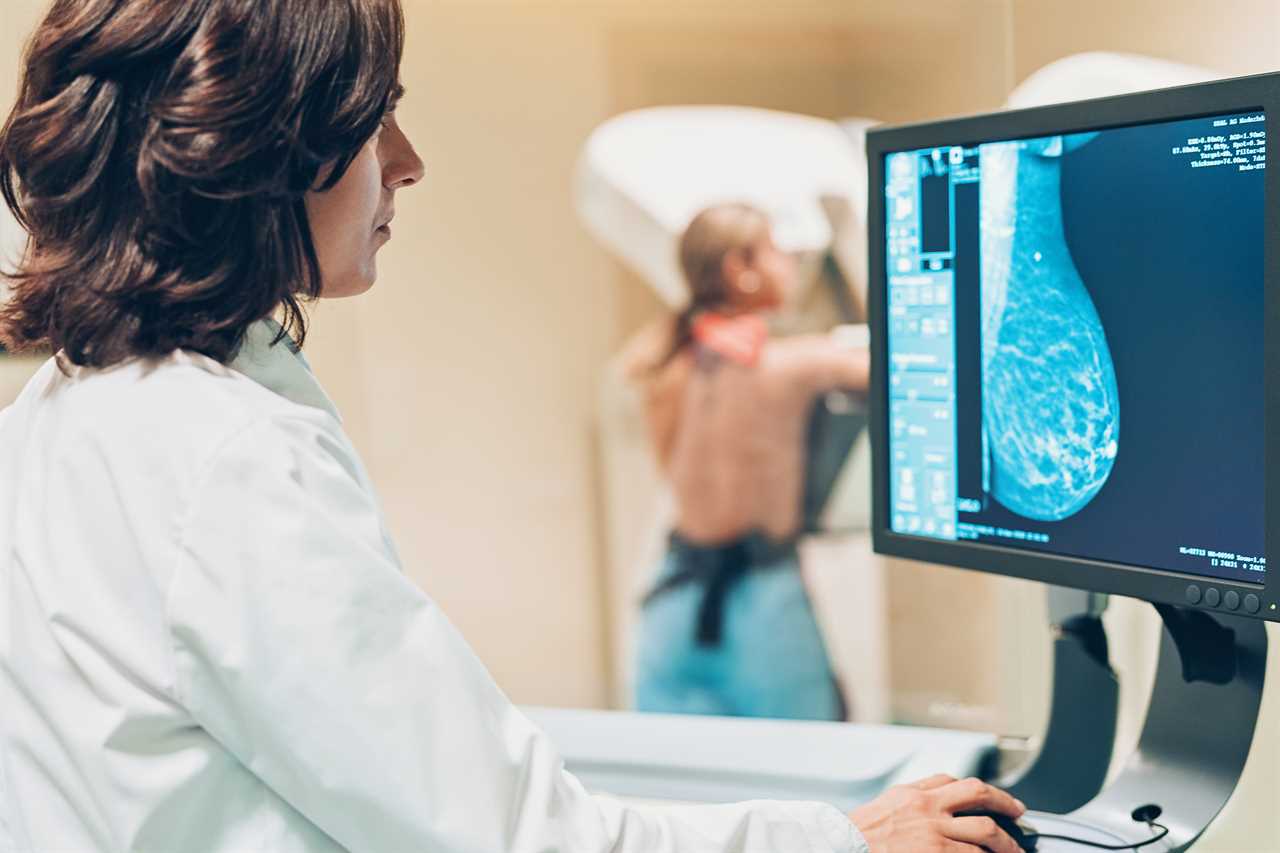BREAST cancer patients could avoid gruelling chemotherapy thanks to a cutting-edge AI scanner.
Inventors of the Digistain artificial intelligence technology say it can tell with 99 per cent accuracy whose cancers are unlikely to come back.

Breast cancer is the most common form of the disease in the UK (stock image)
They say up to 4,000 women per year have unnecessary chemo because doctors are over-cautious about the tumour returning.
A cheaper and more accurate way of spotting those least at risk would improve patients’ lives, reduce the cancer backlog and save the NHS millions of pounds.
CEO Dr Hemmel Amrania said: “This new technology speeds up a system that is currently too slow and where time and swift action are precious commodities.
“We are on a mission to prevent breast cancer patients from unnecessary chemotherapy and to get a diagnosis and treatment plan to them quickly, reducing the pain and anxiety of waiting for results.”
Breast cancer is the most common form of the disease in the UK, with 56,000 cases per year.
Around one in 10 patients see their disease come back after treatment.
Current ways of calculating the risk of recurrence can take weeks and cost thousands per patient.
The new technology, developed with Imperial College London and tested on NHS patients, could work faster.
Digistain works by running a breast scan image through a database of cancer images to see if it looks like the disease will grow back after treatment.
If the risk is low, the patient may not need chemotherapy after their main treatment.
Although good at destroying cancer cells, the drugs can have devastating side effects including hair loss, sickness, tiredness and a higher risk of severe infections.
The technology has been approved by the Medicines and Healthcare products Regulatory Agency but is not used on the NHS.
Digistain board member Professor Darius Francescatti said: “There is much concern that early-stage breast cancer is often unnecessarily over-treated with chemotherapy.
“This tool is cost-effective and would free up hospital resources to deliver better healthcare.”






